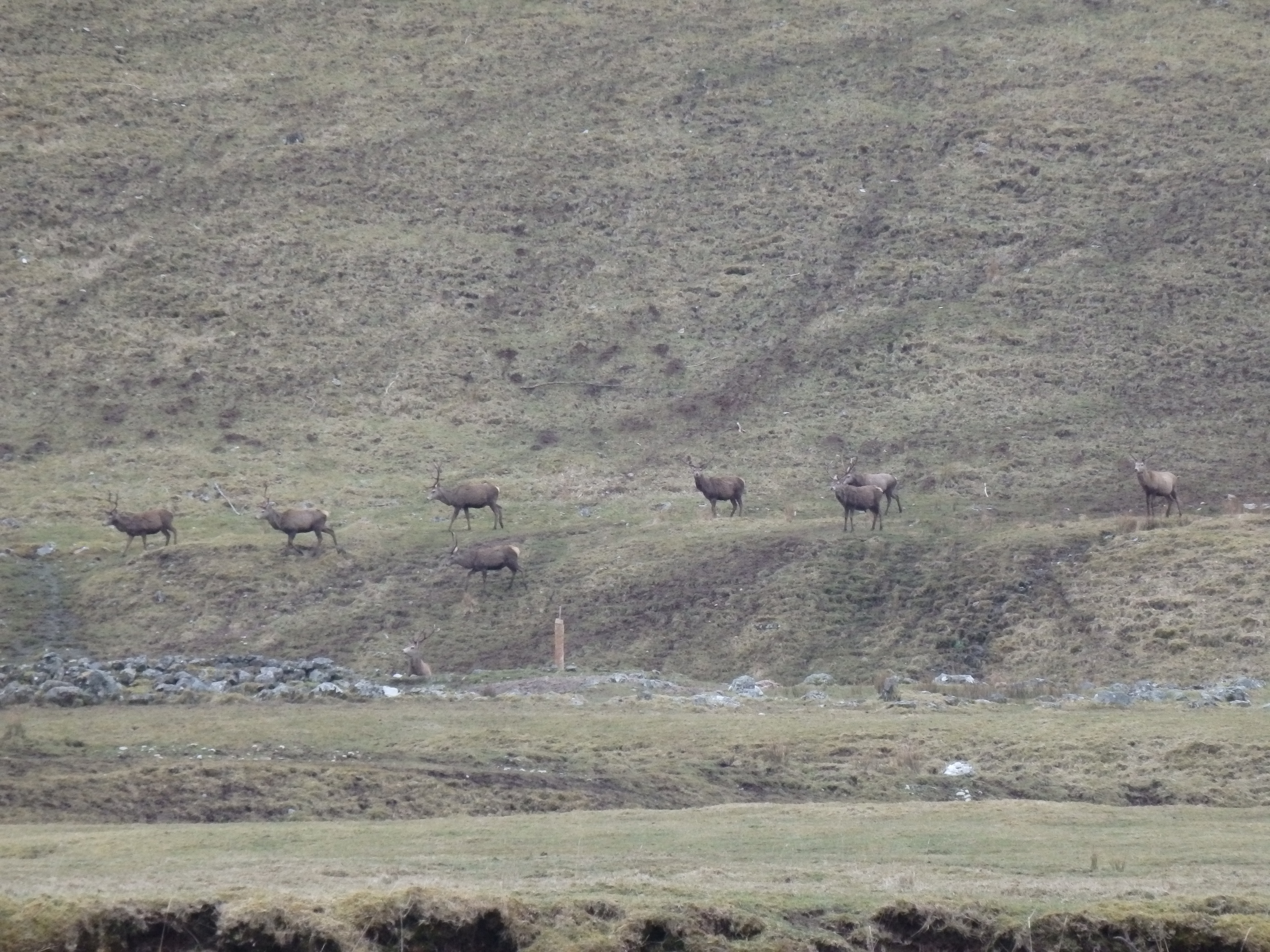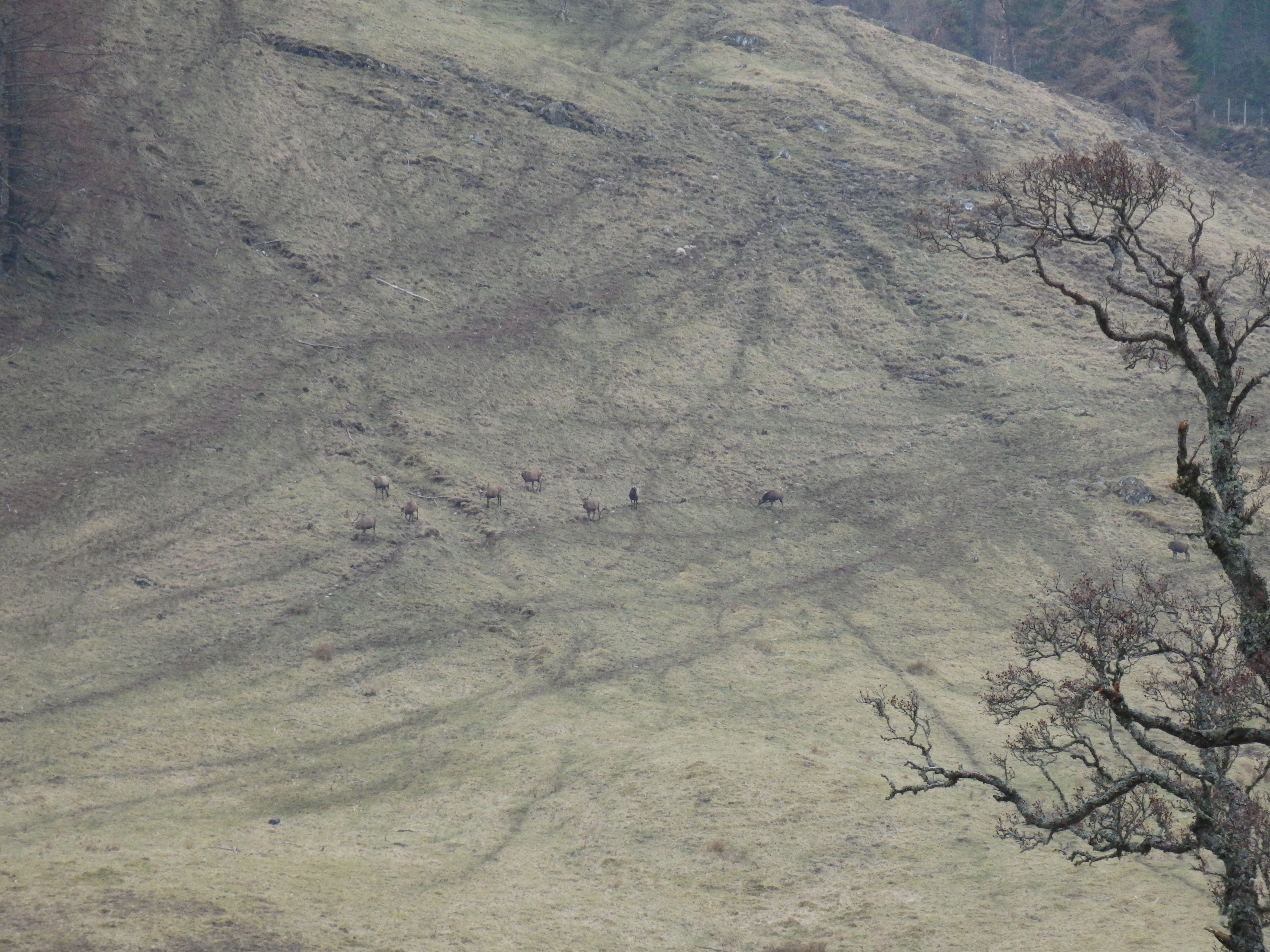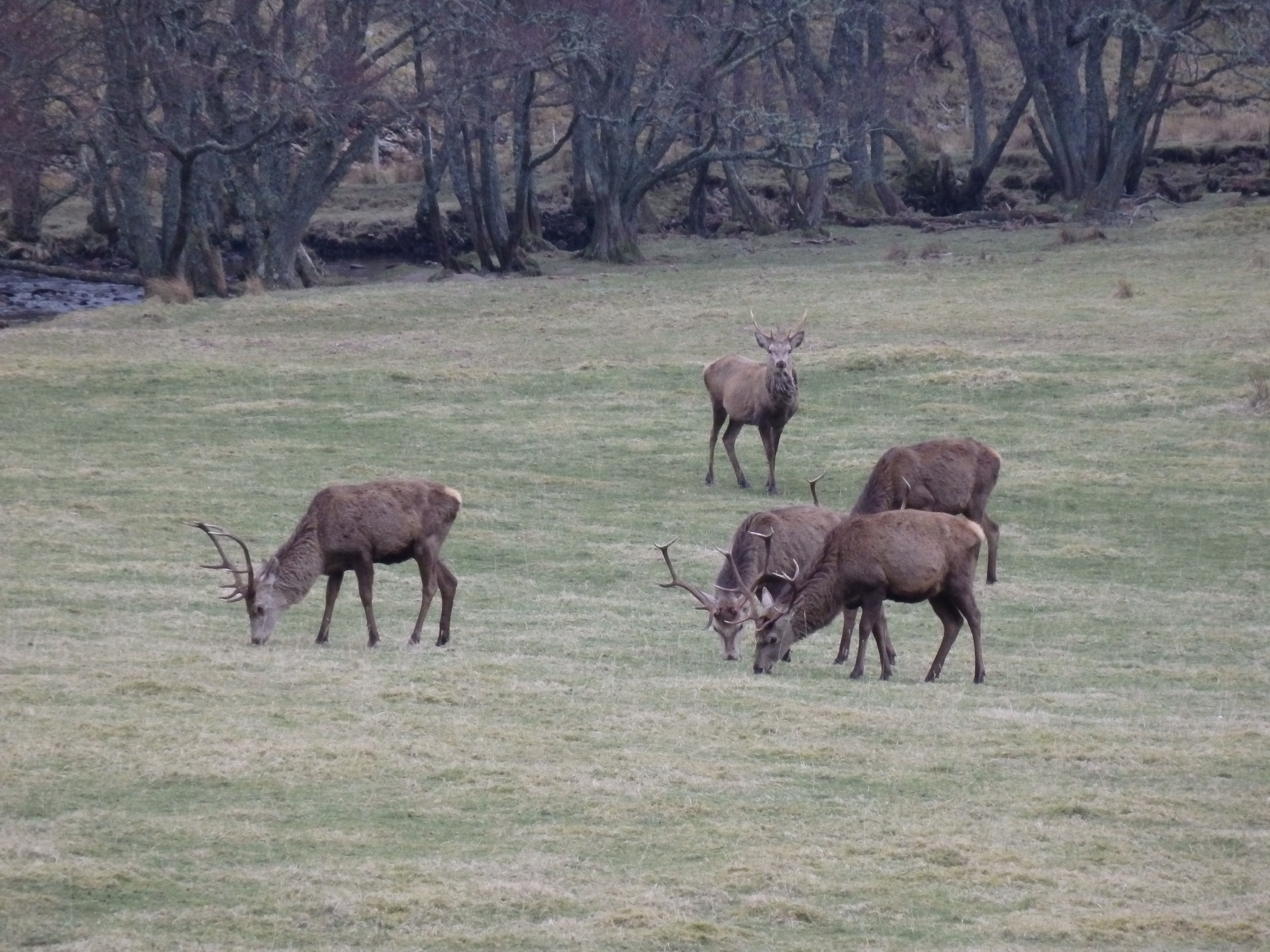“The Cheviot, The Stag and the Black Black Oil” was a 1970s touring play describing the economic changes and land ownership issues of Scotland and its Highlands. This musical production details the elite Landlords who ruled Scotland’s Glens with Shooting Estates and claimed to be “the men who rule your Glen”.
But 40 years on with the introduction of Land Reform (Scotland) Bill to Parliament on 22nd June 2015, the land ownership in Scotland takes political stage once again singing a very different tune this time about breaking up Scotland’s large Estates.
Replies and evidence on the Bill’s objectives had to be submitted by 14 August, only 7 weeks after! A large part of the Bill poses many changes to Agricultural Holdings Legislation, 49 recommendations to improve Landlord/Tenant relationships and encourage letting of agricultural land to youngsters, in particular.
The aim of the Bill is to increase ownership of land north of the Border. Currently, 432 landowners own half of the privately owned land across the country. The vision is for a fairer and wider distribution of land across Scotland, where communities and individuals have access to land.
In depth replies were submitted by Scottish Land and Estates, SAAVA and NFU of Scotland, amongst others – with the Government aiming to complete Stage 1 of the Bill by the end of 2015.
The Bill homes in on various Land Reform Principles from Land Rights to Shooting Rates and Deer Management with Part 10 concerned with Agricultural Holdings.

Concentrating on the reply from Scottish Land and Estates, the few radical and supported provisions on Land Reform they flagged include:
Commissioner Clan
Part 2 – the Bill proposes to build a team of 5 Land Commissioners and the Tenant Farming Commissioner. The team will collaborate but serve separate functions. The Land Commissioners will review the ownership, management and use of land in Scotland with regard to any law or policy while the Tenant Farming Commissioner will promote codes of agricultural practice. However, surely one member of the team must have practical land management experience. Something, Buccleuch Estates, Scotland’s largest land owner feel strongly about.
Community Empowerment
Part 4 – the Bill concerns involving communities in decisions relating to land and Ministers will produce guidance on how landowners and tenants can engage communities. Leading to a preference in community engagement when applying for grants or buying the land.
Part 5 – the Bill brings forward the notion of a right to buy land to further sustainable development where it will significantly benefit the community who buys the land. However, with an introduction of the Community Empowerment Bill in June 2015 which will improve the opportunity for communities to own land and buildings – what other benefits will this part of the Bill provide? The proposed laws are so vague implying that Estate and land owners could be forced to sell their land to communities.
Part 8 – proposes to encourage the engagement of the community in Deer Management while increasing the maximum penalty by a factor of 8 (!) for not complying with deer control schemes from £5,000 to £40,000. Is this all necessary?

Shot of tax relief
Part 6 – proposes to end tax relief for shooting estates and deer forests as of 1st April 2017. But with the majority of shooting happening on small scale holdings and not on a commercial basis – is this justified? Surely this shooting cannot be comparable to other business, if this is what the Bill is intending to achieve.
A large section of the Bill relates to agricultural holdings, part 10, which contains numerous recommendations. A few of which were brought to light with the replies:
Moving with the times
MLDT – Modern Limited Duration Tenancy
The Bill proposes to maintain any existing Limited Duration Tenancies and 1991 Act Tenancies but create a 5th form of modern Agricultural Lease. MLDT’s intention is to provide a flexible, adaptable lease option for future agricultural tenancies with a 10year window. But will this be enough to coincide with the fast evolving agricultural world? The Bill will also allow conversions from 1991 Act Tenancies, LDT’s and SDT’s to MLDT’s under different circumstances. If the aim of the MLDT is to be the main form of future tenancy, Scottish Land & Estate emphasise therefore that it must be viable for the outgoing and new tenants as well as the landlord.
Rent calculations
The Bill suggests a new formula for calculating rents based on a “fair rent” from the old formula based on open market value. Scottish Land and Estates replied in support of a new approach to reviewing rents. But feel that any new rent should be proven to work well and provide evidence of tests to show the new approach to rent calculations works.
Compensation at Waygo
The Bill provides a 2 year amnesty period where a tenant can serve a formal notice on the Landlord to have specific items treated as tenant’s improvements and thus be liable for compensation at waygo. This, in reply, is supported to allow a period of time where the tenant and Lardlord can reach an agreement about the improvements.
Improvements by the Landlord
The Bill suggests that a Landlord must give the Tenant prior written notice before carrying out an improvement on the farm. This improvement must be justified and proven to increase farm productivity and efficiency.
The final few points relate to Landlord-Tenant relationships and the Landlord’s
say or more to the point no say with the introduction of the following recommendations.
Landlord’s say or no say
Tenant’s Right to Buy
The Bill proposes that a tenant with an interest in buying their land will no longer need to register an interest to activate their pre-emptive right to buy. Therefore the tenant by default has stimulated their right to buy, but this seems very vague and on what grounds? It also renders the Landlord with no say and no margin to discuss the exact area of land the tenant wishes to purchase.
Default sale of land when Landlord fails to comply with 1991 Act tenancy
This part of the Bill triggers the Tenant the right to apply to the Land Court to order the sale of the holding if the Landlord has breached the contract. Yes, the Landlord should face a penalty for failing to adhere to the contract. However, this notion gives the Landlord no chance to redeem the situation and Scottish Land and Estates feel caution must be taken to ensure the system cannot be abused.
Assignation and Succession
The Bill broadens the class of persons to whom a tenant farmer can bequeath or assign and leave their tenancy, after death, to siblings and cousins etc. The Bill also proposes to restrict the grounds for objection by the Landlord to assignation to near relatives to bring these into line with those for succession. However the landlord will still have the ability to object on any ground to potential successors who aren’t near relatives. This part of the Bill significantly changes the Landlord’s position. The Bill allows the tenant to find someone who would qualify as the takeover tenant thus leaving the Landlord with small prospects of regaining possession of the land in the future. Surely this means the tenant has more control of the land than the Landlord?!
The Bill is at stage 1 of the Parliamentary Process, whereby it is being examined by The Rural Affairs Climate Change and Environment Committee (RACCE) who referred the update to The Delegated Powers and Law Reform Committee (DPLRC).
The Bill as a whole proposes ups and downs similar to the ups and downs of the mountains and valleys of Scottish land. Ironically, similar to the evictions of Highland crofters to give up their land to make way for Cheviot Sheep in the 18th Century and the development of stag hunts in the 19th Century… perhaps the 21st Century will see Estate Landlords forced to give up their land to local people.





